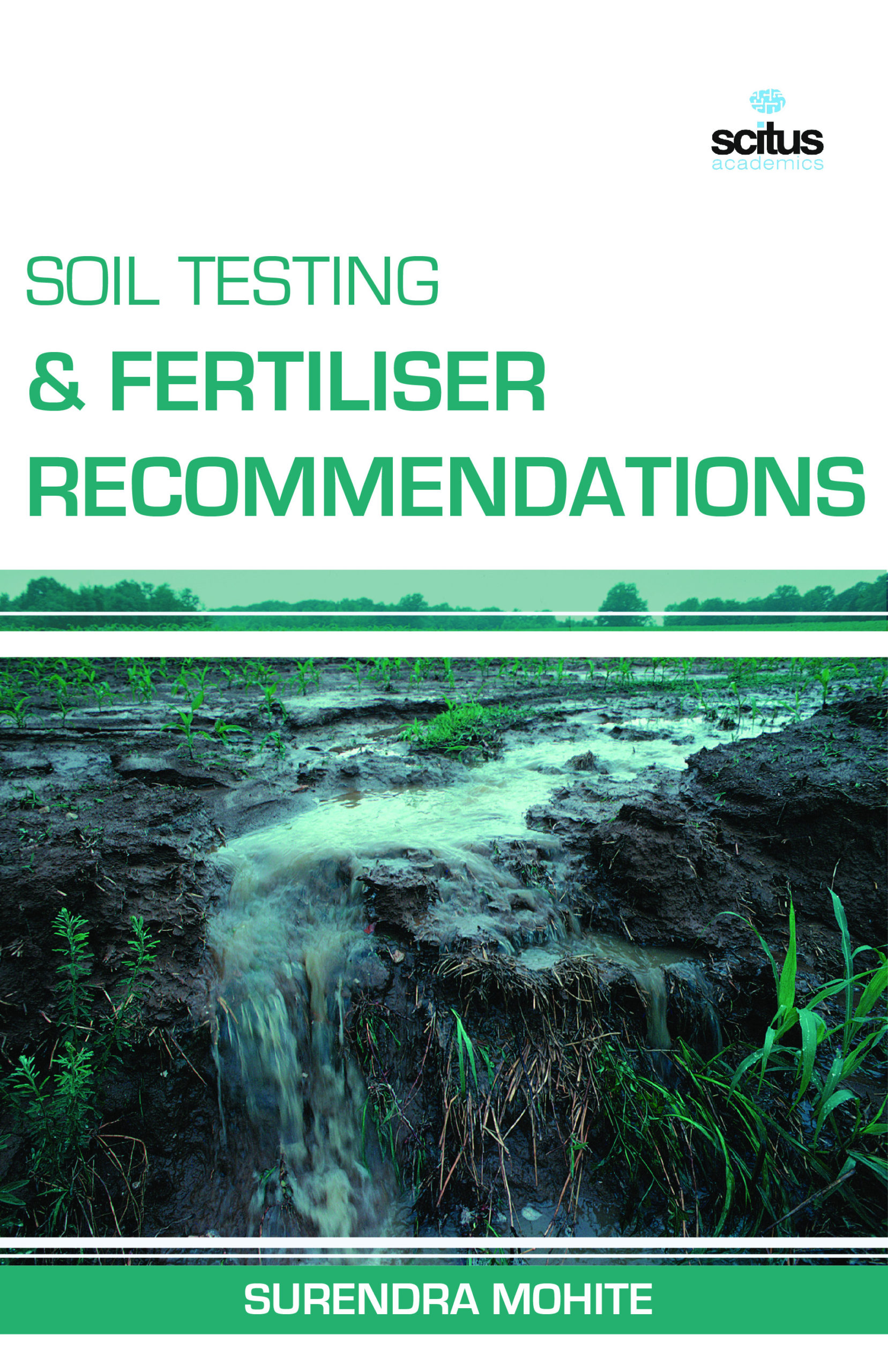In agriculture, a soil test is the analysis of a soil sample to determine nutrient and contaminated content, composition, and other characteristics such as the acidity or pH level. A soil test can determine fertility, or the expected growth potential of the soil which indicates nutrient deficiencies, potential toxicities from excessive fertility and inhibitions from the presence of non-essential trace minerals. The test is used to mimic the function of roots to assimilate minerals. The expected rate of growth is modelled by the Law of the Maximum. Soil testing is used to facilitate fertilizer composition and dosage selection for land employed in both agricultural and horticultural industries. Lab tests are more accurate, though both types are useful. In addition, lab tests frequently include professional interpretation of results and recommendations. Always refer to all proviso statements included in a lab report as they may outline any anomalies, exceptions, and shortcomings in the sampling and/or analytical process/results. A fertilizer is any material of natural or synthetic origin (other than liming materials) that is applied to soils or to plant tissues (usually leaves) to supply one or more plant nutrients essential to the growth of plants. Conservative estimates report 30 to 50% of crop yields are attributed to natural or synthetic commercial fertilizer.













